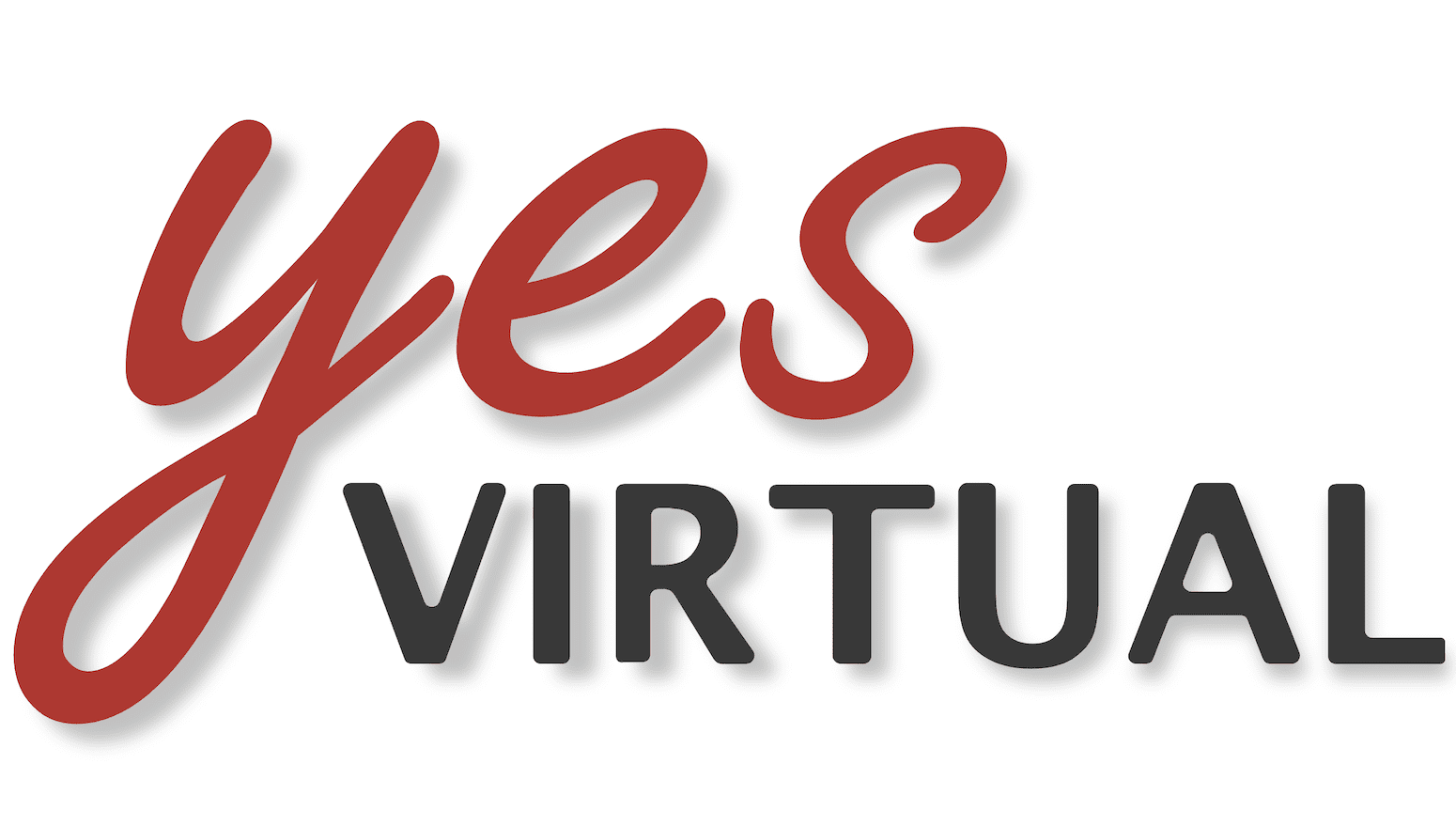Remember when “remote work” felt like a temporary fix? A pandemic-era patch? Well, we’re now in 2025 and the reality is this: working outside the traditional office is no longer fringe. It’s mainstream. And for businesses that understand how to make it work, it’s an opportunity to grow smarter, leaner, and more flexible.
What the Data Says
-
In the U.S., about 22.8% of employees worked remotely at least part of the time as of March 2025, which translates to roughly 36 million people. Backlinko+2Eye On Housing
-
Studies suggest remote workers are on average 35–40% more productive than traditional in‑office workers—thanks to fewer interruptions, less commuting, and more control over their work environment. Neat
-
But—it’s not all unicorns and rainbows. Fully remote workers report higher engagement but also higher levels of distress, compared to hybrid workers. Gallup.com
-
On the employer side: remote‑first companies are seeing big talent attraction advantages. For example, firms that offer remote roles are flooded with applications while companies insisting on full‑office return find it harder to hire. Business Insider
Why This Matters for You
If you’re running a business—whether it’s a construction firm, accounting agency, web development shop, or IT services company—this shift matters. It means:
-
You can hire talent without being restricted by geography
-
You can scale your team without adding huge payroll overhead or needing more office space
-
You can increase productivity because your remote employees are working smarter, not just harder
-
You can offer better service (for instance, after‑hours support, extended coverage) because remote staff can cover time zones, late calls, or vendor coordination
Real‑World Benefits Across Industries
Construction & Contracting
Think of a construction business: crews on site, materials being ordered, inspections scheduled, maybe an emergency call after hours. The office admin load is heavy. By adding remote support—for example remote admin or scheduling help—you free your on‑site teams to focus on building. Remote workers can handle vendor orders, track deliveries, update project timelines, send out invoices, take calls for site issues.
Bookkeeping & Accounting
For accountants or bookkeeping firms, many tasks can be handled remotely: data entry, invoice processing, reconciliations, client communication. Instead of paying a full‑time in‑office hire, you can hire a remote employee who specializes in your tools and workflows. You get cost savings, flexible staffing, and fewer overhead costs.
Web Development & IT Services
In web dev or IT support, remote makes total sense. Developers, designers, system admins already work with remote tools, cloud platforms, collaboration software. Businesses can tap into global talent. Remote employees can support your internal tech or client tech, troubleshoot issues, build websites, manage user accounts—without being physically in your office.
Key Tips to Make Remote Work Actually Work
-
Define clear workflows: remote employees can’t succeed if expectations and tools aren’t set up.
-
Use the right tech: collaboration platforms, task trackers, communication tools keep everyone on the same page.
-
Balance autonomy and structure: remote workers value flexibility, but they also need alignment and accountability.
-
Consider after‑hours coverage: remote employees can cover outside business hours, helping you offer improved service without paying premium overtime.
-
Don’t assume remote = isolation: remote workers can feel disconnected, which impacts well‑being and output. Check‑ins and team culture matter.
Final Thought
Remote work isn’t a trend—it’s the new normal. For savvy business owners, especially in fields like construction, accounting, web dev, IT—the ability to hire and manage remote employees is a competitive edge. You can become leaner, more efficient, and more responsive without being tied to high overhead costs.
If you’re ready to embrace remote staffing, rethink your team structure, and give your business flexibility for 2025 and beyond—now’s the time.
